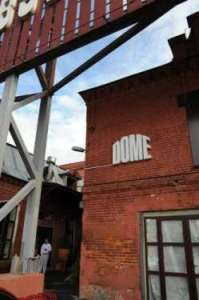The Hotel Odessa
The Hotel Odessa which can accommodate a hundred and fifty visitors. Built in 1893, its architect Yuri Dmitrenko took pains to make it blend with the general ensemble of the boulevard. The entrance takes the form of an open loggia. The facade is in the style of the early Renaissance, with three vertical projections and…
Details



